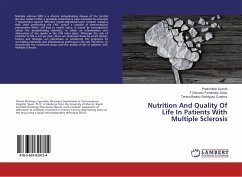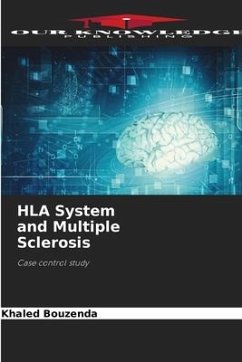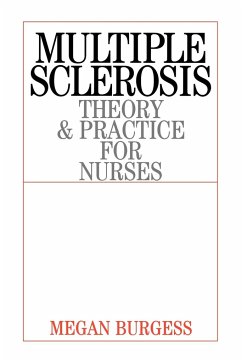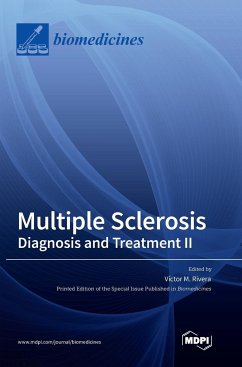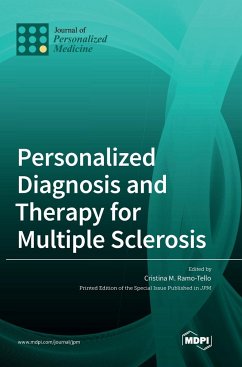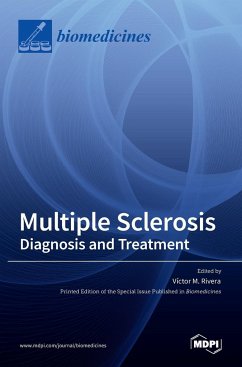
Spinal Electrical Neuromodulation and Robotics in Multiple Sclerosis
Approach to recovery of upper extremity function
Versandkostenfrei!
Versandfertig in 1-2 Wochen
26,99 €
inkl. MwSt.

PAYBACK Punkte
13 °P sammeln!
Multiple Sclerosis is one of the main non-traumatic diseases that cause disability in young adults. This has an impact on the functioning and quality of life of people who suffer from it, where 3 out of 4 show difficulties in relation to motor and sensory function of the upper limb, involving limitations in the performance of daily activities. Spinal electrical neuromodulation favors the facilitation of residual supraspinal and spinal motor pathways to cause motor results. On the other hand, robotics provides intensity, a high number of repetitions and an interactive environment to increase an...
Multiple Sclerosis is one of the main non-traumatic diseases that cause disability in young adults. This has an impact on the functioning and quality of life of people who suffer from it, where 3 out of 4 show difficulties in relation to motor and sensory function of the upper limb, involving limitations in the performance of daily activities. Spinal electrical neuromodulation favors the facilitation of residual supraspinal and spinal motor pathways to cause motor results. On the other hand, robotics provides intensity, a high number of repetitions and an interactive environment to increase and promote active participation in the recovery processes. The combination of these two techniques emerges as a proposal to promote the recovery of upper extremity function in this pathology, opening a new therapeutic window in the approach to its sensorimotor symptomatology.



